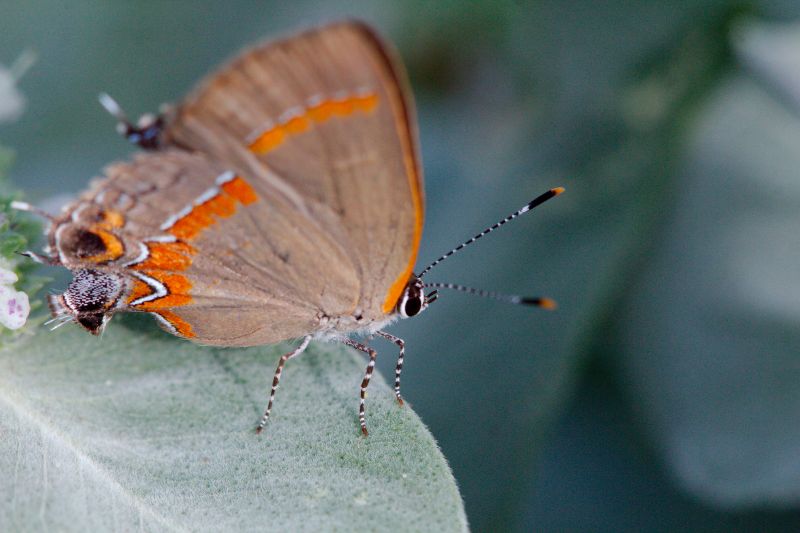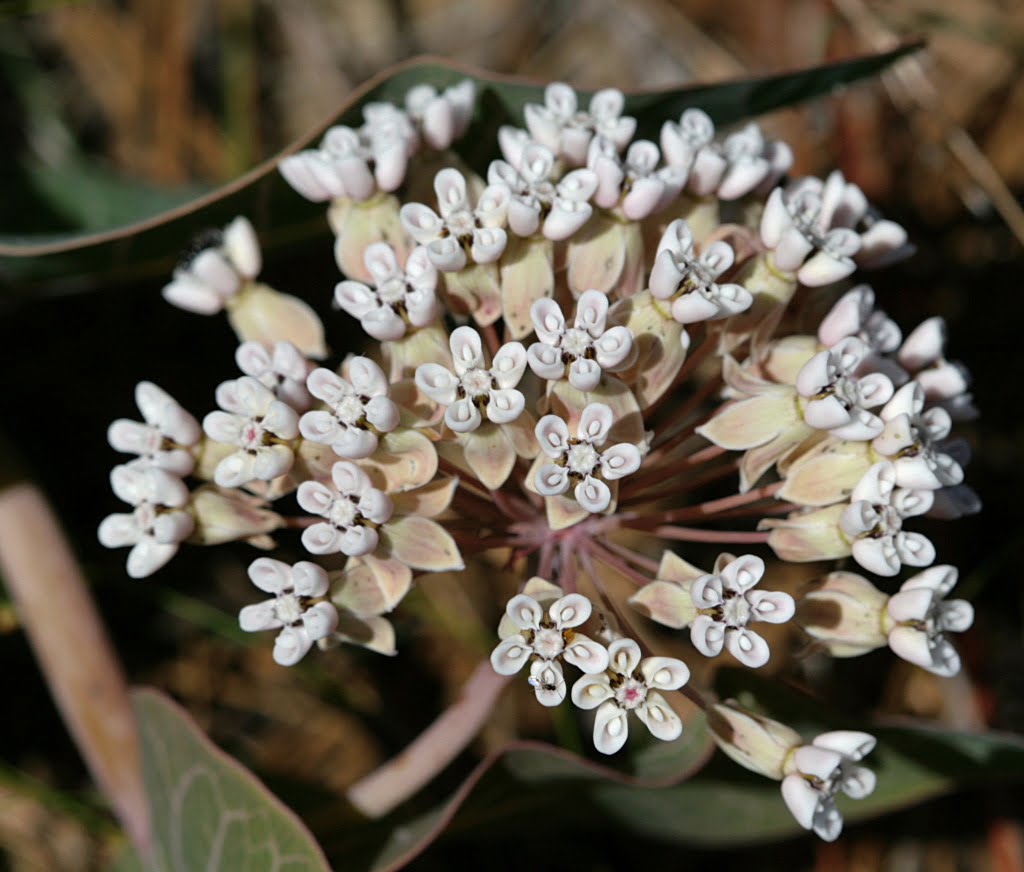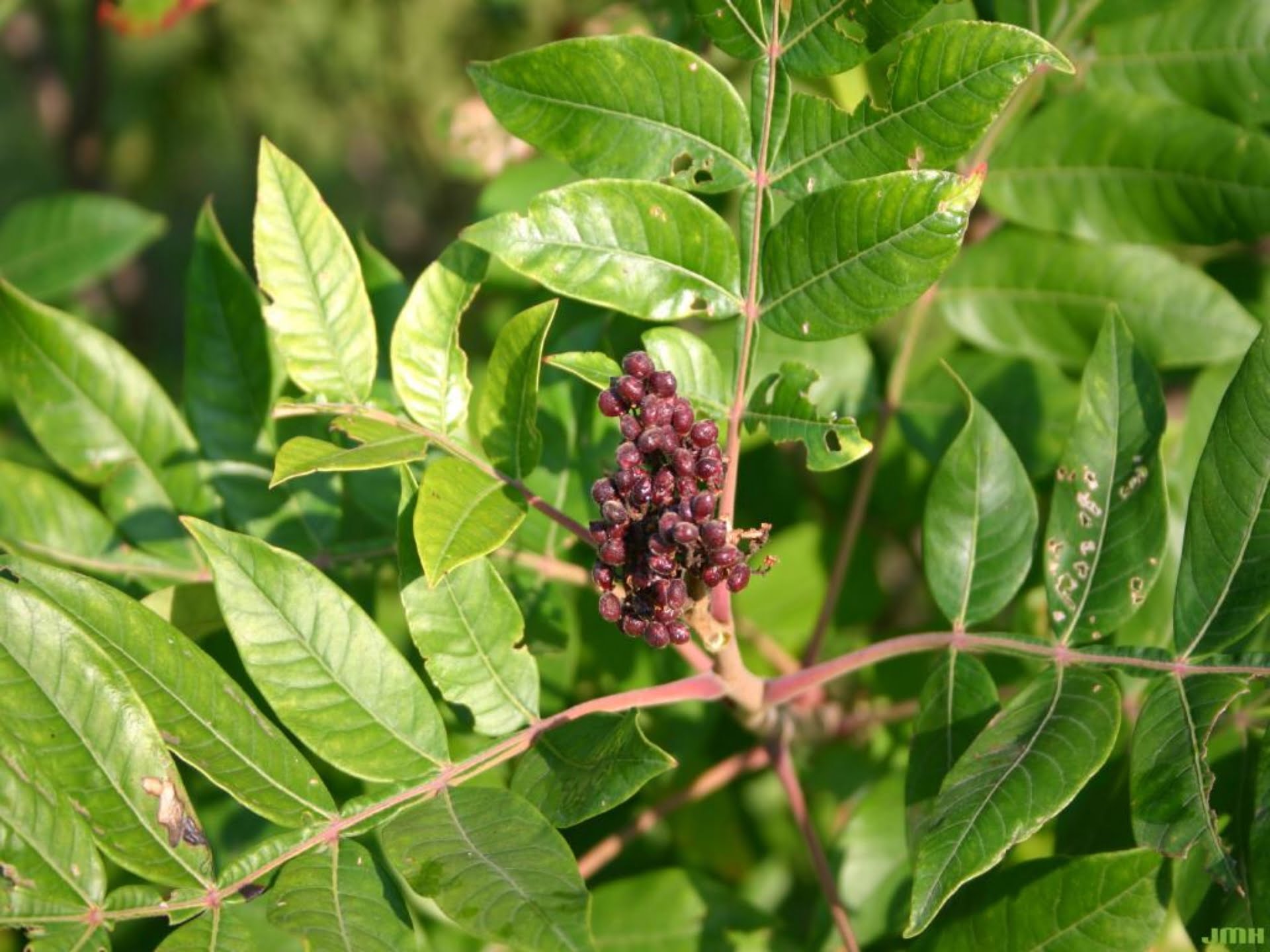Role as a Host Plant
While not a primary host for most Lepidoptera species, Winged Sumac does serve as a host for the Red-banded Hairstreak butterfly (Calycopis cecrops). Certain moth species might also use Shiny Sumac as a host plant, although it is not their first choice.

Nutritional and Chemical Profile
Nutritional Benefits
The drupes of Shiny Sumac are rich in Vitamin C, antioxidants, fiber, and essential minerals like potassium, calcium, and magnesium. These nutrients make the fruits a valuable food source for various bird species and some mammals.

Secondary Chemicals
Shiny Sumac contains secondary metabolites like tannins, flavonoids, and phenolic acids. These compounds serve to protect the plant from herbivores and microbial infections. Some insects that feed on Shiny Sumac may even utilize these chemicals as a form of defense against their predators.

10 Sandhill Milkweed Seeds Ascslepias Humistrata Pinewood Milkweed Florida-Native
With Johnny Butterflyseed’s Sandhill Milkweed seeds, you’re not just planting flowers; you’re cultivating a living mosaic of nature’s marvels. 10+ Florida Native seeds.
Conclusion
Shiny Sumac is an ecological gem of the southeastern United States. Its versatility, ability to provide food and shelter, and role as a host plant make it a vital part of the region’s biodiversity. Whether you’re a naturalist, a gardener, or just someone interested in native plants, Shiny Sumac offers a fascinating glimpse into the complex web of life in southeastern ecosystems… one day at a time!

The Adventures of Johnny Butterflyseed – Author Signed First Edition Children’s Book
Save the monarchs!
Johnny Butterflyseed and his fairy friend, Raven Silverwing, embark on a mission to save the rapidly disappearing butterflies. They enlist the help of Queen Venus Goldwing and her kingdom of monarchs to educate and inspire kids to become butterfly farmers. At first, Johnny faces his own internal struggle with self-doubt and fear in his ability to make a difference, but then soon develops a mindset that allows him to not only get started, but also make progress one day at a time. Through challenge after challenge, Johnny learns that he is not alone in his mission and that there are many people who want to help. Together, Johnny, Raven, and Queen Venus educate thousands of children on becoming butterfly farmers.
